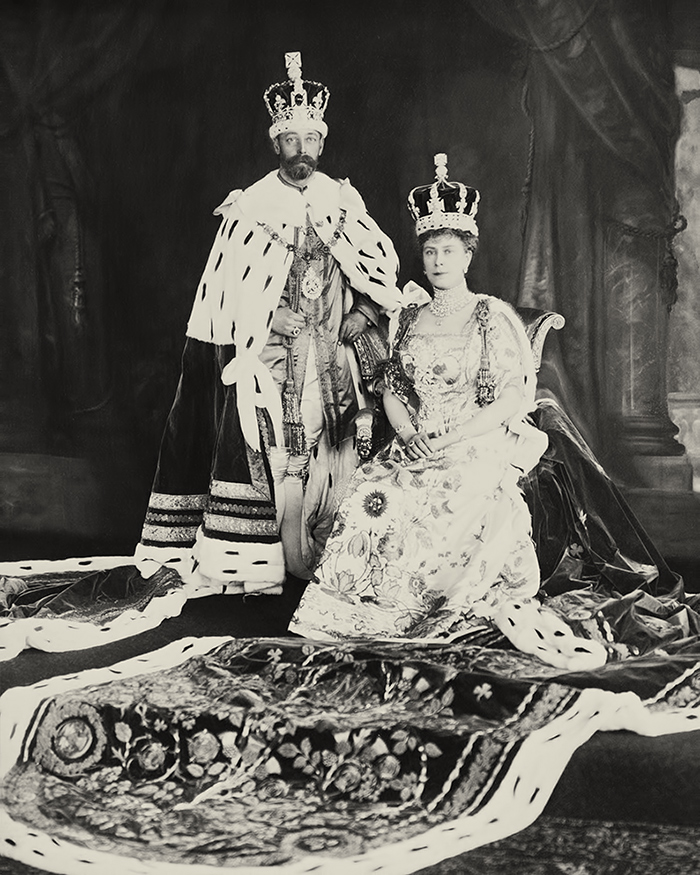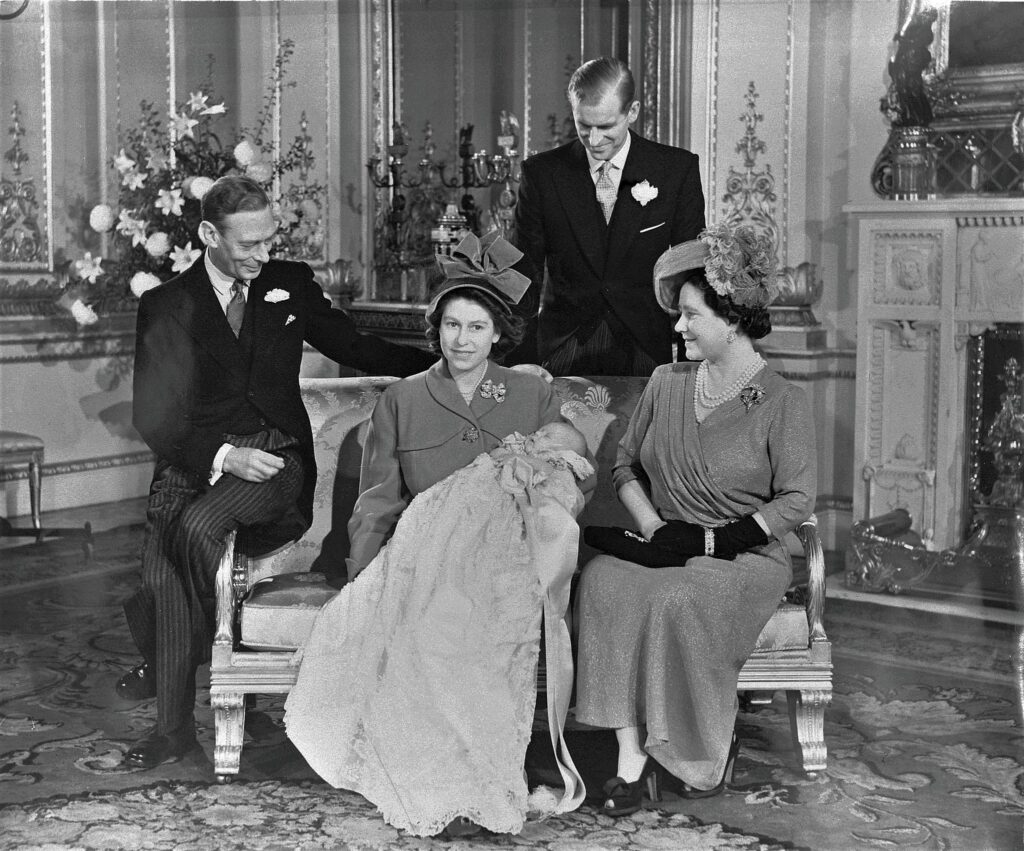
Royal titles are thought to be set in stone but this autumn has shown that they are, in fact, rather fragile things. As summer faded, the younger brother of The King found out that Monarchs can still change everything with just a few words. Charles III removed the HRH and title of prince from his sibling with Buckingham Palace announcing that the once second in line to the throne would now be known simply as Andrew Mountbatten-Windsor. And given one huge anomaly in modern royal life, it seems clear that Prince William will also have to change title rules when he is king.
At the moment, the 1917 Letters Patent issued by King George V lay out who can and can’t be an HRH. In that document, George V said that the style and title of HRH and prince or princess could be used by the children of a Monarch. The same rule went for the grandchildren of the Monarch in the male line and that is why William will have to intervene.
The 1917 Letters Patent don’t extend HRH or Prince/ Princess to the children of a Monarch’s daughters. Only the children born legitimately to the son of a Monarch may be known as HRH and Prince or Princess. And given that it’s the 21st century and all that, it seems somewhat out of tune to say the least.

(Public Domain, Wiki Commons)
But this is about more than just following the right course of action. Since those Letters Patent were issued, the laws around succession have changed. In 1917, the UK still had male primogeniture meaning that boys always outranked girls in the line to the throne. King George V had five sons and one daughter and even though Princess Mary was born before her brothers Henry, George and John, she was beneath them in the line of succession.
However, the rules changed for good in 2012. The new laws brought in then, across all the realms where the Monarchy still rules, stipulates that succession is by birth order alone. It means that younger brothers can’t outrank older sisters any more. Princess Charlotte is the most high profile example of that so far – when her little brother, Prince Louis, arrived in 2018, he took the place below her in the line of succession rather than leapfrogging her, as would have happened previously.
This change was reflected in a one off set of Letters Patent that Queen Elizabeth II issued in 2013, ahead of the birth of William and Kate’s first child. The 1917 Letters Patent had stipulated that the first born son of the first born son of the Prince of Wales would also be an HRH and Prince but none of their other children would until their father moved up the succession himself. It meant that had William and Kate had a daughter in 2013, she would have been styled as Lady. If they had had a son after that, he would have been HRH and Prince even though he was below his sister in the succession under the new rules.
The new Letters Patent meant that all of William and Kate’s children were born as HRH. King George VI had done something similar in 1948 when his elder daughter, then Princess Elizabeth, was expecting her first child. Under the 1917 Letters Patent, the baby wouldn’t have been an HRH. Instead, they would have been styled as the child of a duke as their father, Prince Philip, was Duke of Edinburgh. It would have seen the little boy born that November known as the Earl of Merioneith at birth. However, King George VI issued Letters Patent giving his daughter’s children royal titles and so the son born on November 14 1948 was immediately known as HRH Prince Charles of Edinburgh.

(Public domain, via Wikimedia Commons)
These two Letters Patent have, however, been stop gap measures for specific circumstances. It seems clear that future, more wide reaching documents will have to be issued to reflect the change that came in 2012.
Otherwise, it could mean that Princess Charlotte’s children have no title at all while Prince Louis could have a family of HRHs even though he would be much further away from the throne than his sister.
How this is resolved remains to be see. There are reports that Prince William might do away with royal titles for everyone other than those in direct line to the throne.
Whatever he chooses, one thing is clear. Title change will come in the reign of a future king called William.

